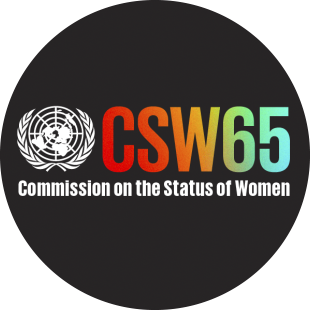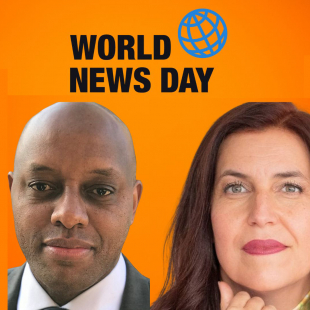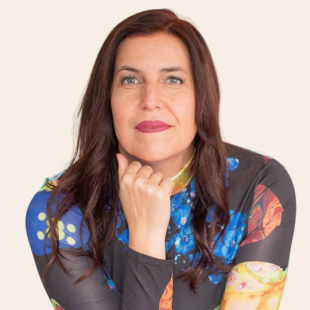CSW 65 Interactive dialogue on Building back better: women’s participation and leadership in COVID-19 response and recovery

Luba kassova, Co-Founder and Director in AKAS was invited by UN Women to participate in CSW 65 Interactive Dialogue on Building back better: women's participation and leadership in COVID-19 response and recovery conference on the 18th March 2021, addressing the following question: What are examples of the impact of women’s greater involvement in decision-making on the COVID-19 response and recovery? This article is Luba’s 4-minute statement which she delivered in front of UN Member states and other experts.
Thank you very much Madam Chair and distinguished panellists. I am exploring the challenges and the opportunities from a news perspective, based on the two Missing Perspectives of Women… reports commissioned by the Bill & Melinda Gates Foundation in support of the Gender Equality Forum, which I authored at the end of 2020. In these I examined the representation of women in news in India, Kenya, Nigeria, South Africa, the UK, and the US using millions of data points from 2019 and 2020. I’d like to challenge the question and reframe it into the following: What is the impact of women’s lack of presence in the news and their reduced involvement in decision-making on the COVID-19 response and recovery?
So here are some of the challenges:
Imagine you are a woman who has just lost her husband and with him, her home for it was he who owned it. You have also recently lost access to many health services because funds have been redirected in response to the pandemic. You are now a single mother with multiple dependents, whom you are not sure how to feed. On the rare occasions when you have had access to the family device linked to the internet and therefore the news, you have not seen yourself reflected anywhere. It is like you do not matter; it is like you do not exist.
Now imagine you are a male politician who is a member of the daily COVID response committee in your country. Over 80% of your colleagues are men. When you consume the news you mainly read bare facts that are devoid of any human dimension, and on the rare occasions when people are featured in the news as protagonists or experts, most of them are men similar to you. It is not surprising therefore that you take the decision to categorise period products as “non-essential” in your COVID guidance to supermarkets. Similarly, you go on TV on a Sunday morning, encouraging women and men to go back to work on Monday, without realising that schools and day care centres are closed so it is impossible for most women (who tend to be the primary child carers) to physically leave their homes.
The research which I oversaw showed unequivocally that news remains a man’s affair whether we are in the global north or the global south where news is produced primarily by men; features 3 to 5 times more men than women as protagonists, experts and sources; and where news is consumed more by menWomen’s voices are often unheard even in news outputs from news providers who have a higher proportion of women in their leadership. Why? Because for women leaders to be able to influence the news, the culture in the organisation needs to change as well, to be more inclusive.
To tackle the challenges we ought to focus our efforts on three levels:
- at a systemic level by introducing more women-centred policy making or by tackling pro-male leadership biases. According to the latest release of the World Values Survey, on average 35% of the populations in 80 countries believe that men make better political leaders than women while in 23 out of these 80 countries more than half of the population believe this.
- The challenges should be tackled at an organisational level, not only by increasing women’s representation in leadership and in newsrooms (which is of course critical) but also by removing the barriers within the organisations which prevent them from influencing strategic content decisions.
- At an individual journalist level: Organisations should help journalists to challenge their own anti-women biases, for example by using more women protagonists and experts when crafting the news coverage. Each journalist should strive to reveal women’s perspectives more fully, not only because this is the right thing to do, but also to attract more female audiences that will add revenue to struggling business models.
To watch the whole event, please click here
If you would like to follow up on the topics discussed in this article, please contact Luba Kassova or Richard Addy on contact@akas.london







